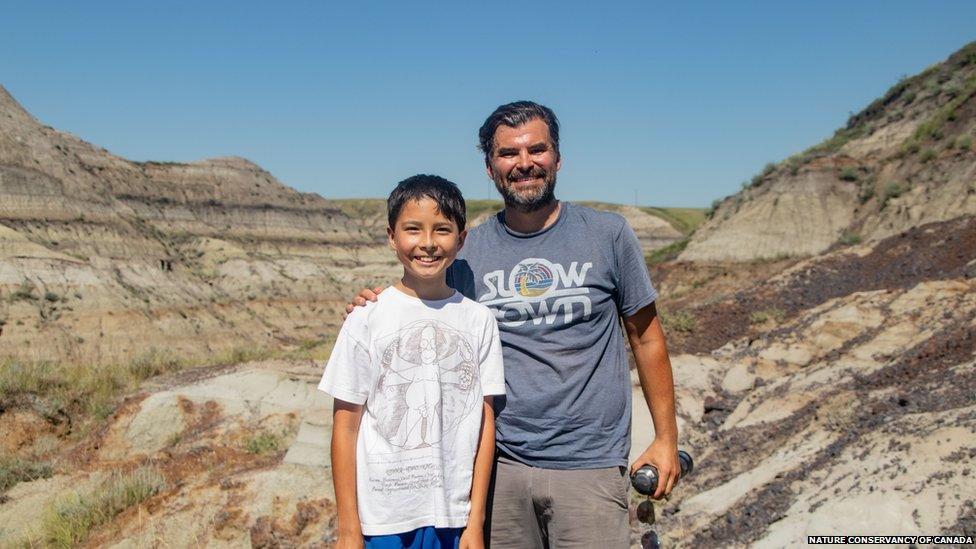Fossils: 500-million-year-old sea nursery discovered
- Published
- comments
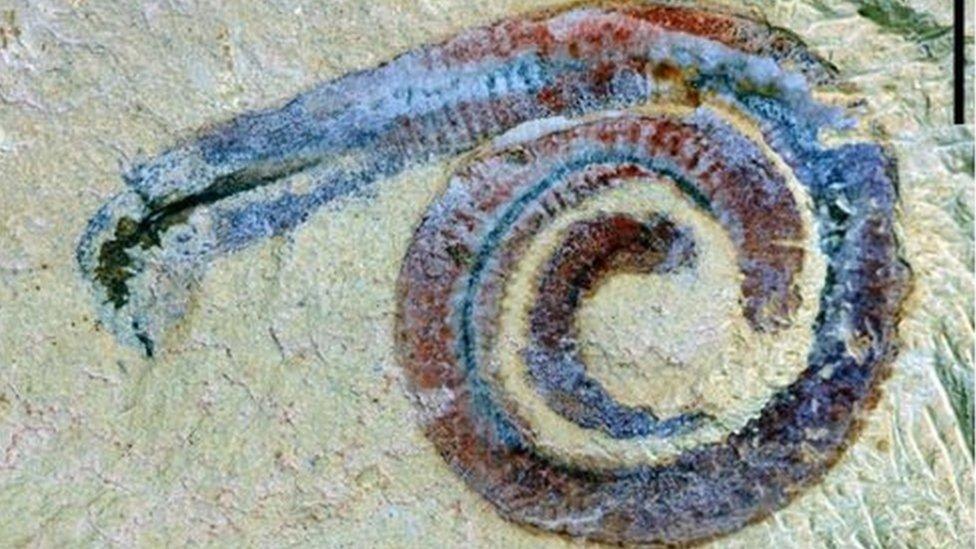
The Maotianshania cylindrica fossil.
An ancient sea-creature nursery has been discovered by palaeontologists in China.
The amazing discovery was found near Kunming in China, where researchers unearthed around 2,800 fossils from 118 different species, including 17 new species.
Palaeontologists believe the fossils could be around 518 million years old.
The fossilised creatures they discovered are the ancient relatives of insects, worms, crustaceans, jellyfish, sponges and trilobites.
The team of researchers published their findings in a journal on Nature Ecology and Evolution.
Why are the palaeontologists so excited about this discovery?
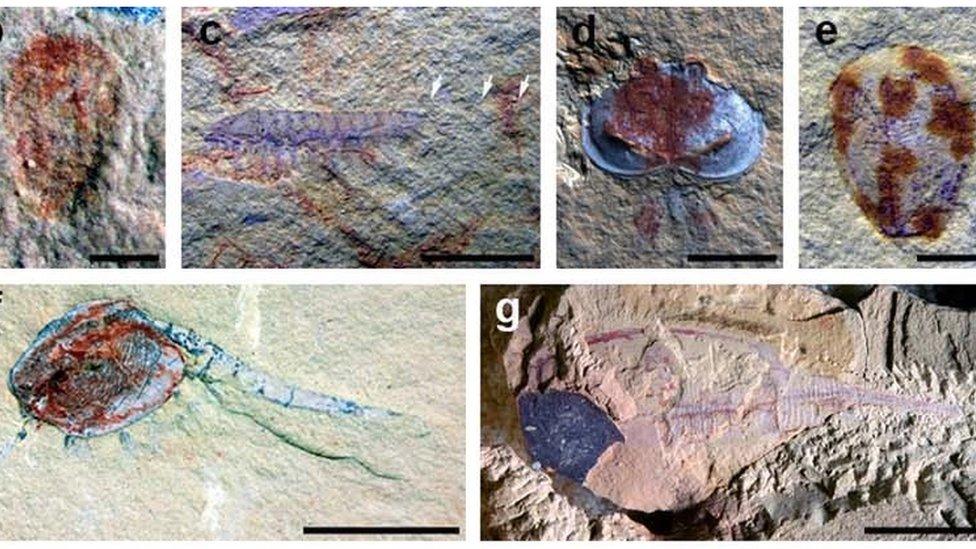
The fossilised creatures were from a time called the Cambrian period, which was between 485 - 541 million years ago.
One of the things that excited the researchers was that the fossils were so well preserved they using a CT scan, they could even see the shape of their eyes in 3D.
This means that scientists can create an even better and more accurate picture of what these ancient creatures looked like.
The Cambrian Period was a pretty important time in the history of life on Earth, as the creatures who lived around that time went through some big evolutionary changes.
During Cambrian Period, huge oceans covered the majority of the Earth, so most creatures were aquatic.
As well as this, the researchers discovered that there were lots of fossils from younger creatures, something that scientists haven't really been able to find from this period in time.
'It's just amazing to see all these juveniles in the fossil record,' said Julien Kimmig - a palaeontologist at Penn State University, and one of the authors of the journal.
'Juvenile fossils are something we hardly see, especially from soft-bodied invertebrates.' they said.
This discovery means that the scientists can compare the fossils of these young creatures, to older ones to see how they changed as they grew up.
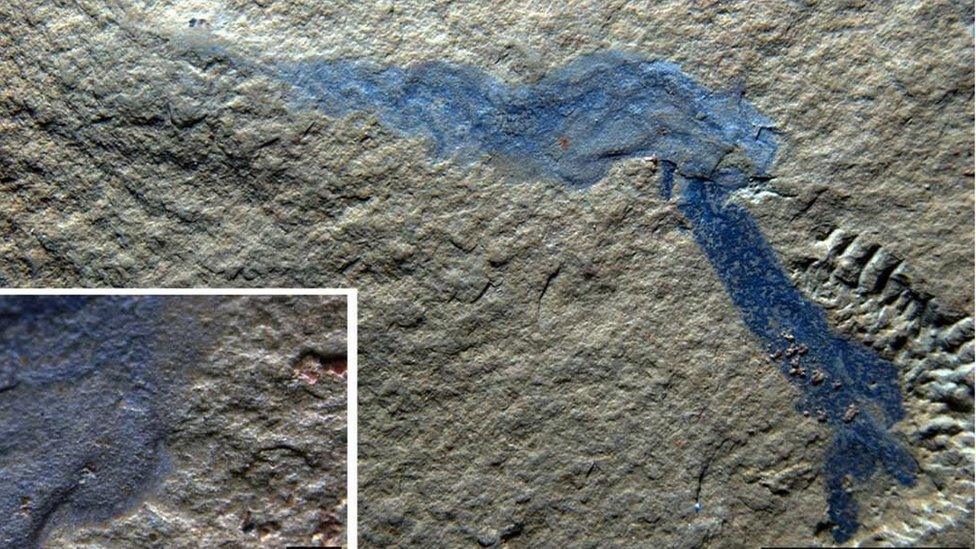
One of the new species discovered.
"We'll see how different body parts grew over time, which is something we currently do not know for most of these groups," Julien Kimmig said. "And these fossils will give us more information on their relationships to modern animals. We will see if how these animals develop today is similar to how they developed 500 million years ago, or if something has changed throughout time."
The researchers described the site as "a wealth of knowledge" for researchers, for years to come.
- Published2 May 2019
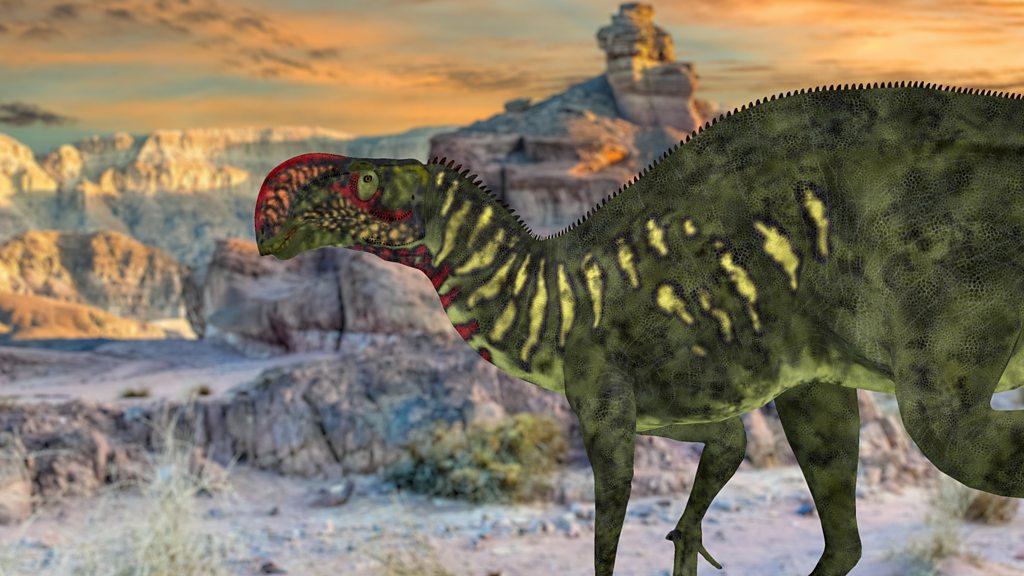
- Published10 September 2016
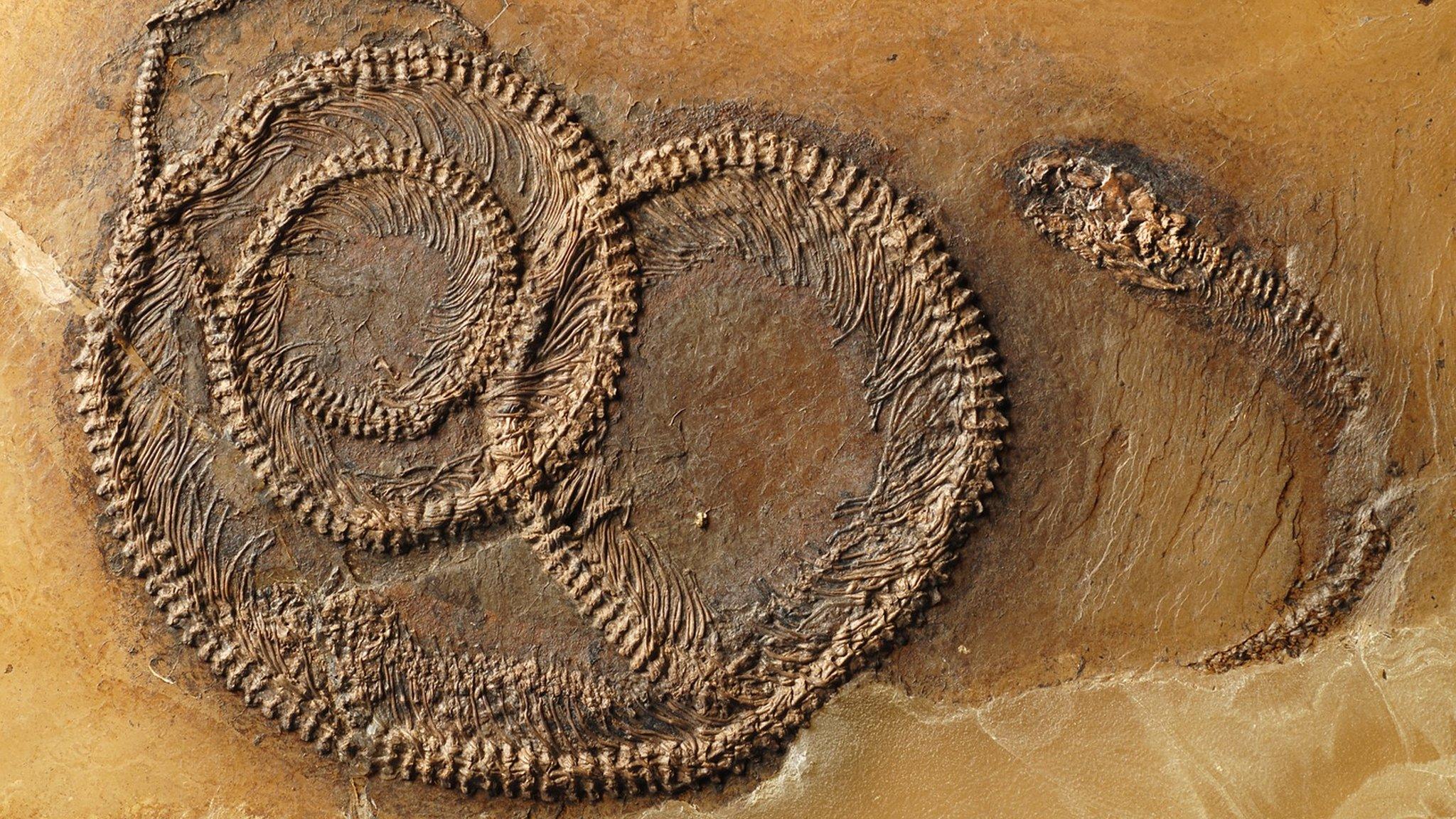
- Published16 October 2020
